

Articles
How Much Does A Drop Ceiling Cost
Modified: December 7, 2023
Get accurate information on the cost of drop ceilings in our informative articles. Find out how much you can expect to pay for your drop ceiling installation.
(Many of the links in this article redirect to a specific reviewed product. Your purchase of these products through affiliate links helps to generate commission for Storables.com, at no extra cost. Learn more)
Introduction
A drop ceiling, also known as a suspended ceiling, is a popular choice for residential and commercial spaces. It consists of a grid system of metal tracks and suspended ceiling tiles, creating a secondary ceiling below the original one. Drop ceilings not only provide a clean and finished look, but they also offer functionality by concealing wiring, plumbing, and ductwork.
If you’re considering installing a drop ceiling, one of the factors you’ll need to consider is the cost. The cost of a drop ceiling can vary depending on several factors, including the materials used, the size of the area, and any additional features or customization options. In this article, we’ll explore the different factors that can affect the cost of a drop ceiling and provide you with some average cost estimates to guide you in your decision-making process.
Key Takeaways:
- The cost of a drop ceiling installation depends on factors like area size, material type, design complexity, and additional features. Research, compare prices, and consider DIY options to stay within budget.
- Understanding the cost implications of drop ceiling materials and installation, as well as exploring cost-saving tips, can help achieve a desirable outcome while staying within financial means.
Read more: How Much Does Ceiling Repair Cost
Factors Affecting the Cost of Drop Ceilings
Several factors can influence the cost of installing a drop ceiling. It’s essential to consider these factors to get a clear understanding of what factors contribute to the overall cost. Here are some key factors that can affect the cost of drop ceilings:
1. Size of the Area
The size of the area where you want to install the drop ceiling will have a significant impact on the cost. The larger the area, the more materials will be required, including the ceiling grid system, tiles, and any additional components. Additionally, larger areas may require more labor for installation, which can increase the overall cost.
2. Type and Quality of Materials
The type and quality of materials used for the drop ceiling will also affect the cost. There is a wide range of options available, from basic ceiling tiles made of mineral fiber to more decorative options, such as metal or wood. The quality of materials, including their fire resistance and acoustical properties, can also impact the cost. Premium materials typically come at a higher price point but offer better durability and aesthetics.
3. Complexity of the Design
If you have a specific design in mind for your drop ceiling, such as intricate patterns or custom shapes, it will likely increase the cost. More complex designs require additional time and effort during installation, as well as potentially specialized tools or techniques. Customization can add a unique touch to your space but expect to pay more for the added level of detail.
Read more: How Much Does It Cost To Texture A Ceiling
4. Accessibility
The accessibility of the ceiling can also impact the cost. If the existing ceiling is easily accessible and there are no obstacles in the way, the installation process will be relatively straightforward. However, if there are obstacles such as pipes, ducts, or electrical wiring that need to be worked around or relocated, it can increase the complexity of the installation and the overall cost.
5. Additional Features
Additional features or optional components can add to the cost of a drop ceiling. For example, if you want to incorporate recessed lighting or require additional insulation or soundproofing, these extras will increase the overall price. It’s important to consider these features and factor them into your budget when planning for a drop ceiling.
By taking these factors into account, you can have a better understanding of the cost implications of installing a drop ceiling. It’s recommended to consult with a professional contractor or installer who can assess your specific requirements and provide you with an accurate cost estimate based on your needs.
Types of Drop Ceilings
Drop ceilings come in a variety of materials, styles, and designs. Understanding the different types of drop ceilings available can help you choose the one that best suits your aesthetic preferences and functional requirements. Here are some common types of drop ceilings:
1. Suspended Acoustic Ceiling Tiles
Suspended acoustic ceiling tiles are one of the most popular types of drop ceilings. These tiles are made from mineral fiber, fiberglass, or other sound-absorbing materials. They are designed to enhance sound quality, reduce echo, and improve acoustics in a room. Suspended acoustic ceiling tiles are available in various sizes, textures, and designs, making them a versatile and cost-effective option.
Read more: How Much Does It Cost To Replace Ceiling
2. Metal Drop Ceilings
Metal drop ceilings offer a sleek and modern look. They are typically made from aluminum or steel and are available in different finishes, such as silver, white, or black. Metal drop ceilings are known for their durability and resistance to moisture, making them suitable for areas prone to high humidity, like bathrooms or kitchens. They are also fire-resistant and can be easily cleaned, making them a practical choice for commercial spaces.
3. Wood Drop Ceilings
Wood drop ceilings provide a warm and natural aesthetic to any space. They are often made from natural wood, such as cedar or pine, and can be stained or painted to match the desired color scheme. Wood drop ceilings offer a timeless and elegant look, making them a popular choice for residential and commercial settings where a rustic or classic ambiance is desired.
4. PVC or Vinyl Ceiling Tiles
PVC or vinyl ceiling tiles are a cost-effective option for drop ceilings. These tiles are lightweight, durable, and easy to install. They are available in a variety of styles and patterns, including designs that mimic the look of other materials, such as tin or wood. PVC or vinyl ceiling tiles are moisture-resistant and require minimal maintenance, making them suitable for areas with high humidity or where cleanliness is a priority, such as in healthcare facilities or recreational spaces.
These are just a few examples of the types of drop ceilings available. Each type has its own unique features and benefits, so it’s important to consider factors such as aesthetics, durability, acoustics, and maintenance requirements when choosing the right drop ceiling for your space.
Average Cost of Materials
The cost of materials for a drop ceiling can vary depending on the type of materials you choose and the size of the area you are covering. Here is a general estimate of the average cost of materials for a drop ceiling:
Ceiling Grid System
The ceiling grid system is the framework that supports the drop ceiling tiles. It consists of metal tracks and cross tees. The cost of a standard ceiling grid system can range from $1.50 to $3.50 per square foot.
Ceiling Tiles
The cost of ceiling tiles can vary depending on the material, design, and brand. Basic mineral fiber ceiling tiles typically start at around $0.50 per square foot. If you opt for higher-end materials, such as metal or wood, the cost can range from $2 to $8 per square foot or more. Some specialty or customized tiles can cost even more.
Hardware and Accessories
In addition to the grid system and tiles, there are various hardware and accessories required for proper installation. This includes suspension wires, connectors, clips, and screws. The cost of these additional items can range from $0.10 to $0.50 per square foot.
Insulation and Soundproofing
If you need to improve the insulation or soundproofing properties of your drop ceiling, you may consider adding insulation or acoustic panels. The cost of insulation materials can vary depending on the type and thickness, but it can range from $0.25 to $1 per square foot.
It’s important to note that these cost estimates are averages, and the actual price may vary depending on factors such as your location, supplier, and any additional customization or features you require. It’s recommended to gather quotes from multiple suppliers or consult with a professional installer to get a more accurate estimate based on your specific needs.
Average Cost of Installation
The cost of installation for a drop ceiling can vary depending on several factors, including the complexity of the project, the size of the area, and the labor rates in your area. On average, the cost of installation for a drop ceiling ranges from $2 to $5 per square foot.
When calculating the cost of installation, it’s important to consider both labor and material costs. Some installers may provide a package deal that includes both materials and labor, while others may charge separately for each. It’s essential to clarify what is included in the installation cost before proceeding.
The labor cost for installing a drop ceiling typically includes the following:
1. Preparation and Removal
The installer will need to prepare the area by removing any existing ceiling materials, such as drywall or plaster. This process may also involve removing any wiring, plumbing, or ductwork that may interfere with the drop ceiling installation. The preparatory work can add to the overall cost of installation.
2. Installation of the Ceiling Grid System
The installer will assemble and install the ceiling grid system according to the layout and design chosen. This includes measuring and cutting the metal tracks, installing the cross tees, and ensuring that the grid is level and properly aligned. The complexity of the grid system and the size of the area can impact the labor cost.
3. Installation of Ceiling Tiles
The installer will then install the ceiling tiles onto the grid system. This may involve cutting tiles to fit the perimeter of the room or around any fixtures, vents, or lighting fixtures. The difficulty of the installation and the type of tiles chosen can affect the amount of time and labor required.
4. Finishing Touches
Once the ceiling tiles are installed, the installer will ensure that all tiles are properly aligned, make any necessary adjustments or repairs, and clean up the workspace. This final step ensures a clean and professional finish to the project.
It’s important to note that the cost of installation can vary depending on your location and the experience and expertise of the installer. It’s recommended to obtain multiple quotes and thoroughly review the credentials and past project experience of any installer you are considering to ensure a quality installation within your budget.
Additional Costs to Consider
When planning for a drop ceiling installation, there may be additional costs to consider apart from the materials and installation itself. These costs can vary depending on your specific project requirements and any additional features or customization options you choose. Here are some common additional costs to keep in mind:
1. Lighting
If you plan to incorporate lighting fixtures into your drop ceiling, you may need to consider the cost of purchasing and installing the lights. Recessed lighting, track lighting, or other types of fixtures can add to the overall cost of the project. You may also need to hire an electrician to ensure proper wiring and installation.
2. Ventilation and HVAC Modifications
In some cases, drop ceiling installations may require modifications to the existing ventilation or HVAC system. This could involve relocating ductwork or adding additional vents. The cost of these modifications will depend on the complexity of the changes required and may require the expertise of a professional HVAC technician.
3. Painting or Finishing
If you choose to paint or finish the drop ceiling tiles or grid system, there may be an additional cost for the paint and any necessary supplies. You may choose to hire a professional painter to ensure a smooth and even finish.
4. Soundproofing or Insulation
If soundproofing or enhanced insulation is a priority, you may need to consider the cost of additional materials or treatments. This could include sound-absorbing panels, insulation batts, or other insulation materials that help improve the acoustics or thermal performance of the drop ceiling.
5. Customization or Decorative Features
If you want to add custom features or decorative elements to your drop ceiling, such as moldings, designs, or specialty tiles, there may be an additional cost involved. These customization options can enhance the aesthetic appeal of the space but may require a higher budget.
It’s important to communicate your specific requirements and any desired additional features to your installer or contractor. This will allow them to provide an accurate estimate that includes all potential costs, ensuring there are no surprises along the way.
Cost-saving Tips
While the cost of installing a drop ceiling can vary depending on various factors, there are a few cost-saving tips that can help you stay within your budget without compromising on quality. Consider the following tips to help reduce the overall cost of your drop ceiling installation:
Read more: How Much Does It Cost To Skim Coat A Ceiling
1. Research and Compare Prices
Take the time to research and compare prices for materials, including the ceiling grid system, tiles, and accessories. Get multiple quotes from different suppliers and contractors to ensure you’re getting the best price for the materials you need.
2. Opt for Affordable Materials
Consider using more cost-effective materials for your drop ceiling, such as basic mineral fiber ceiling tiles or PVC/vinyl tiles. These materials can provide a clean and finished look at a fraction of the cost of higher-end options.
3. DIY Installation
If you have some handyman skills and feel comfortable with the process, consider doing the installation yourself. DIY installation can help save on labor costs, but it’s important to ensure you have the necessary tools and knowledge to complete the project properly.
4. Simplify the Design
Choosing a simpler design for your drop ceiling can help reduce the overall cost. Intricate patterns or custom shapes require more time and effort to install, resulting in higher labor costs. Opt for a clean and straightforward design to save on installation expenses.
5. Shop for Bargains and Discounts
Keep an eye out for sales, promotions, or discount offers on drop ceiling materials. Many suppliers offer seasonal discounts or clearance sales that can help you save money. Additionally, consider purchasing materials in bulk to take advantage of bulk pricing or discounts.
6. Reuse Existing Materials
If you have an existing drop ceiling that you’re replacing, consider reusing certain components, such as the grid system, if they’re still in good condition. Reusing materials can help save on costs and reduce waste.
7. Get Multiple Quotes
Don’t settle for the first quote you receive. Obtain quotes from multiple suppliers or contractors to ensure you’re getting a competitive price. Be sure to compare not only the cost but also the quality of materials and services included in each quote.
By implementing these cost-saving tips, you can ensure that your drop ceiling installation stays within your budget without compromising on the overall quality and aesthetics of the space. Remember to prioritize your needs and do thorough research to make informed decisions throughout the process.
Conclusion
Installing a drop ceiling can be an excellent investment, providing both a functional and aesthetic upgrade to your space. However, it’s important to consider the factors that can affect the cost and plan accordingly. By understanding the factors impacting the cost of materials and installation, as well as considering additional costs and exploring cost-saving tips, you can make informed decisions and stay within your budget.
The size of the area, type of materials chosen, complexity of the design, accessibility, and any additional features or customization options will all play a role in determining the overall cost of your drop ceiling project. It’s important to research and compare prices for materials, and if you have the skills and knowledge, consider tackling the installation yourself as a cost-saving measure.
Remember to obtain multiple quotes from suppliers or contractors to ensure you are getting the best price without sacrificing quality. Additionally, exploring discounts, reusing existing materials, and simplifying the design can help further reduce costs while still achieving a desirable outcome.
Ultimately, the cost of a drop ceiling will vary based on your specific requirements and the choices you make. Taking the time to plan, budget carefully, and consult with professionals when needed, will ensure that you can achieve the desired result while staying within your financial means.
With proper planning and consideration of the various factors involved, you can successfully install a drop ceiling that adds value, appeal, and functionality to your space without breaking the bank.
Frequently Asked Questions about How Much Does A Drop Ceiling Cost
Was this page helpful?
At Storables.com, we guarantee accurate and reliable information. Our content, validated by Expert Board Contributors, is crafted following stringent Editorial Policies. We're committed to providing you with well-researched, expert-backed insights for all your informational needs.

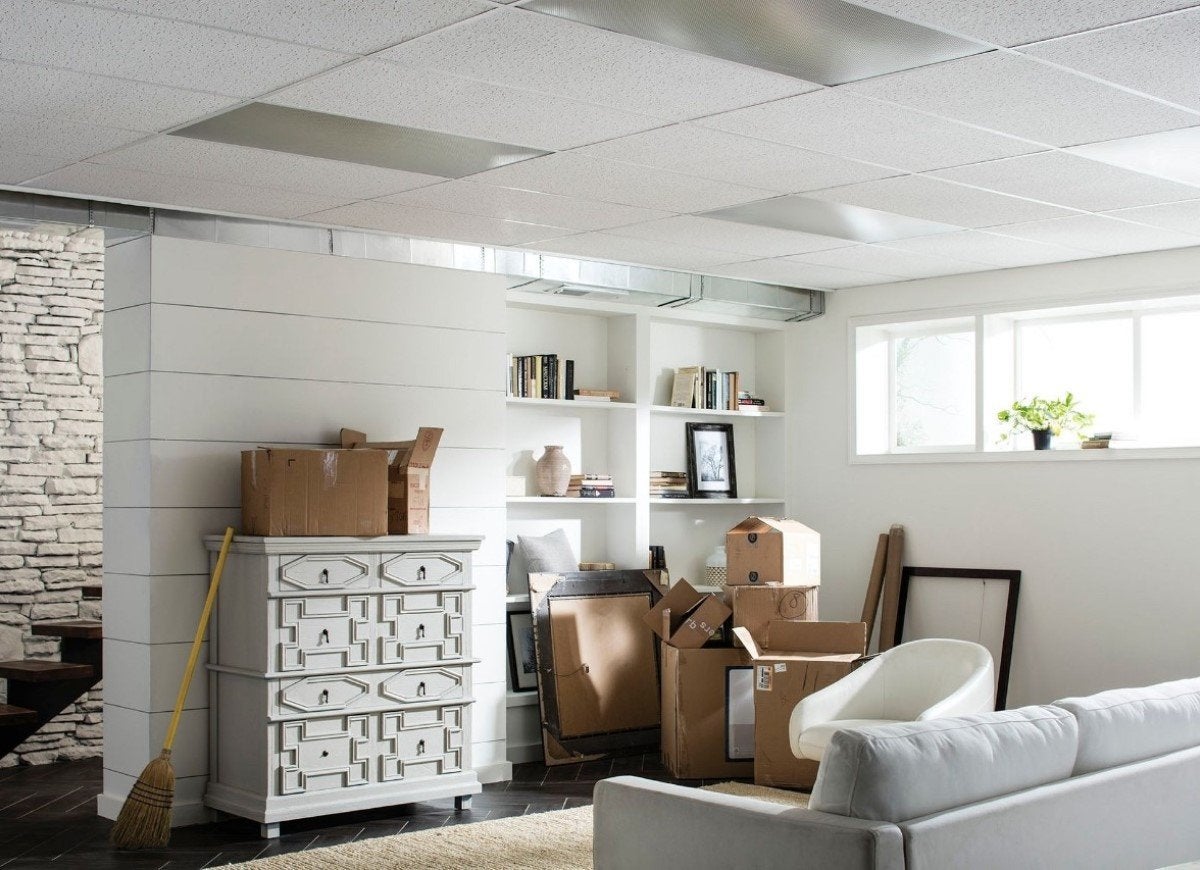
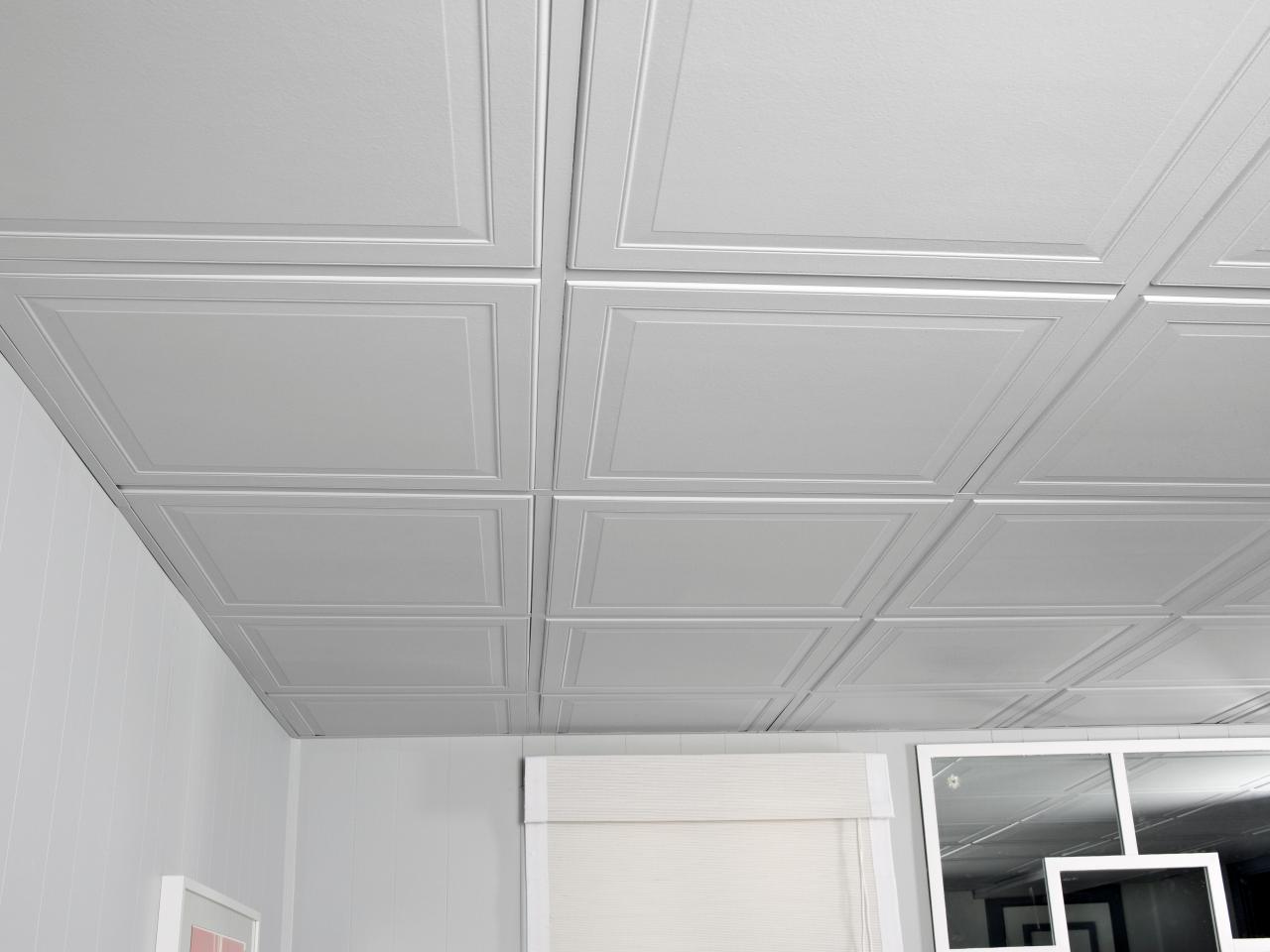
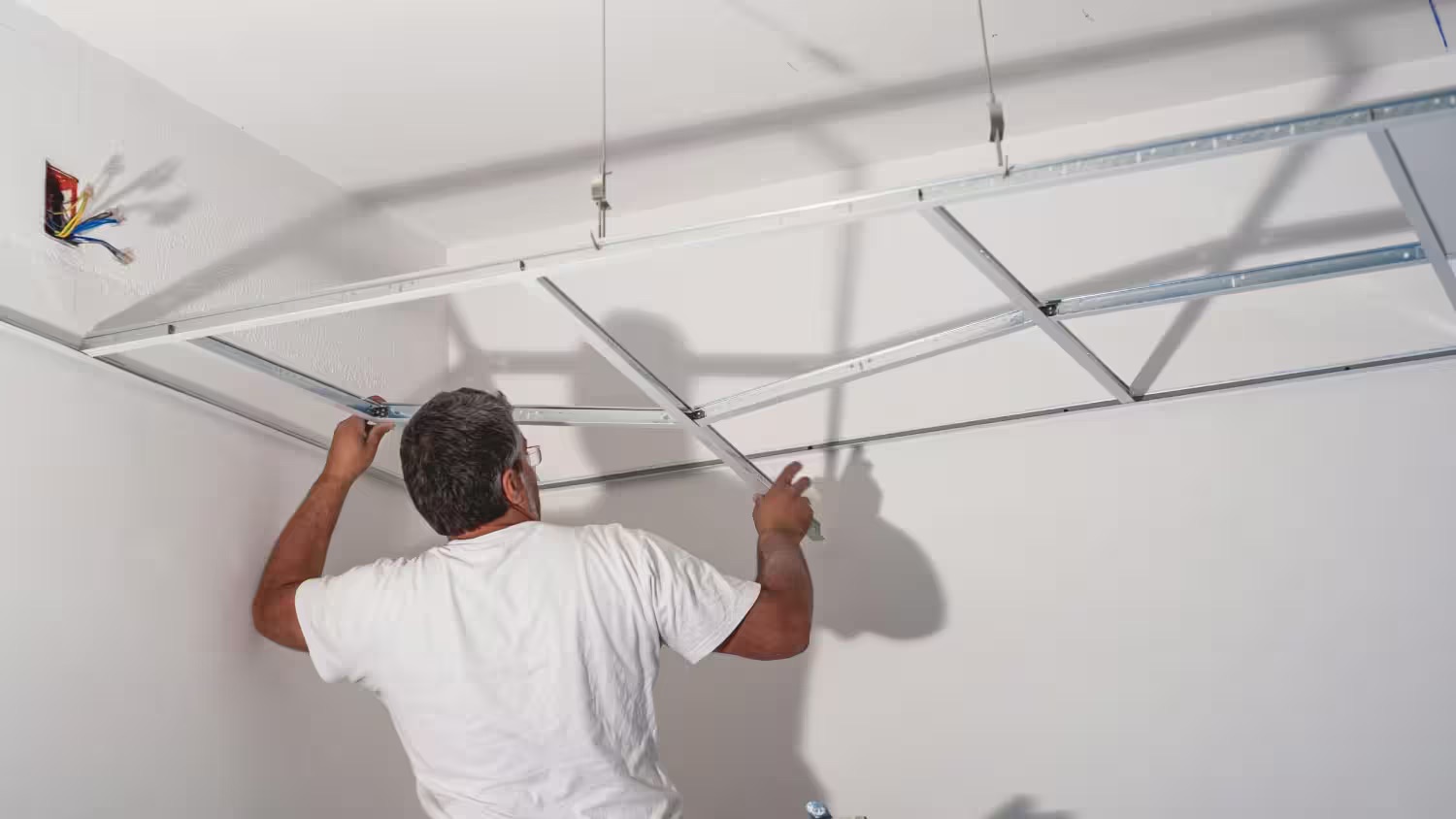
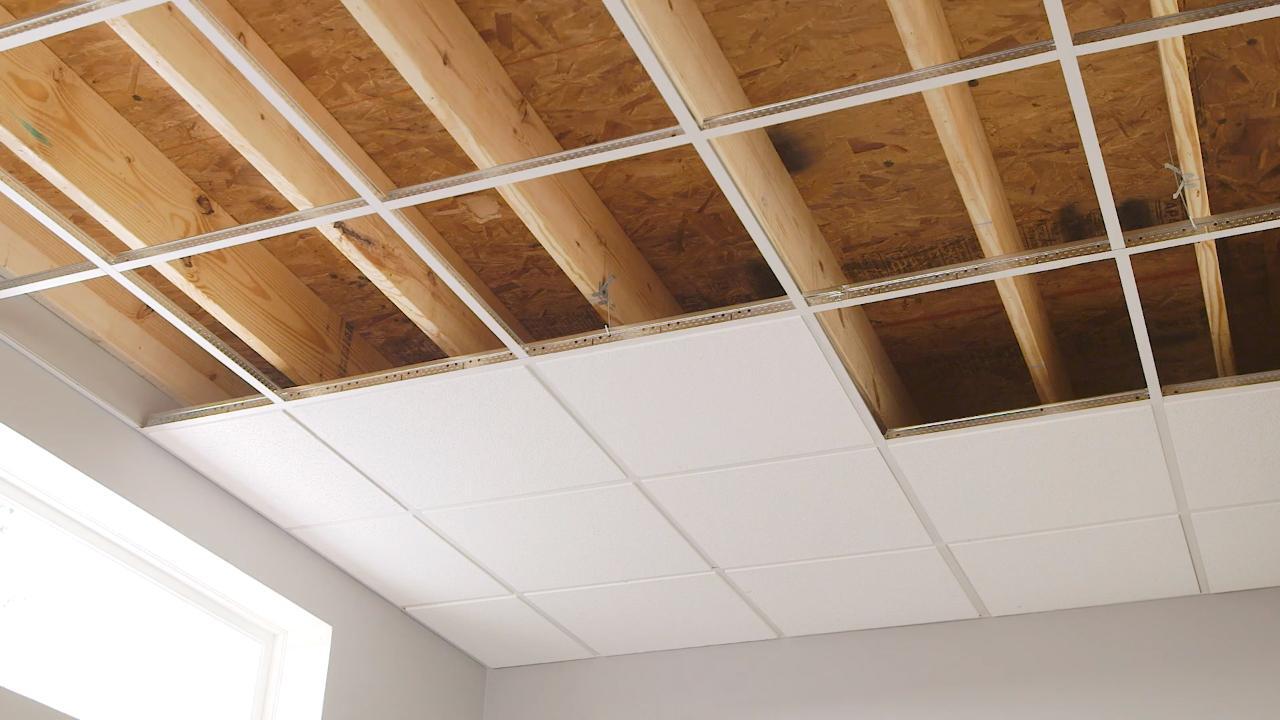
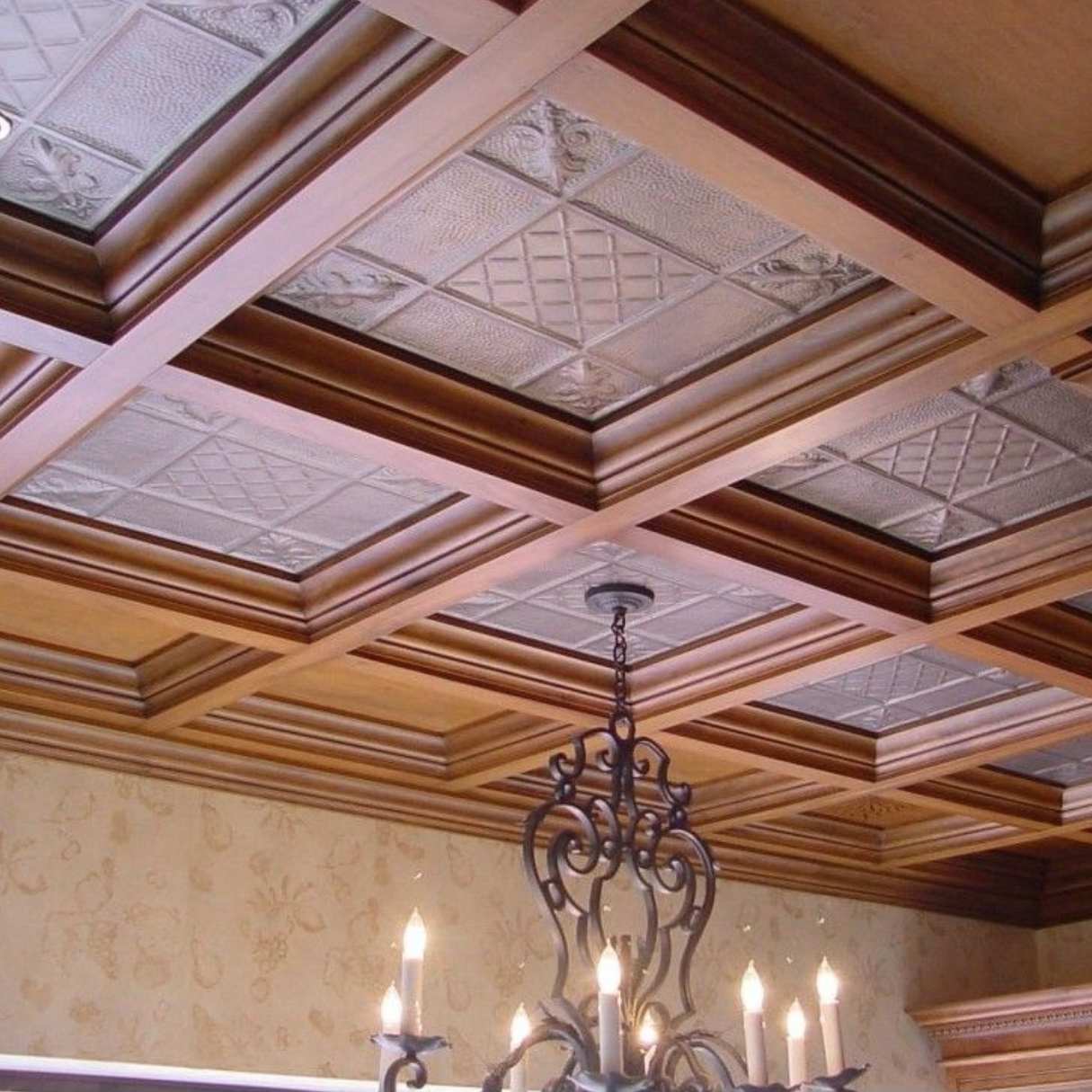


0 thoughts on “How Much Does A Drop Ceiling Cost”